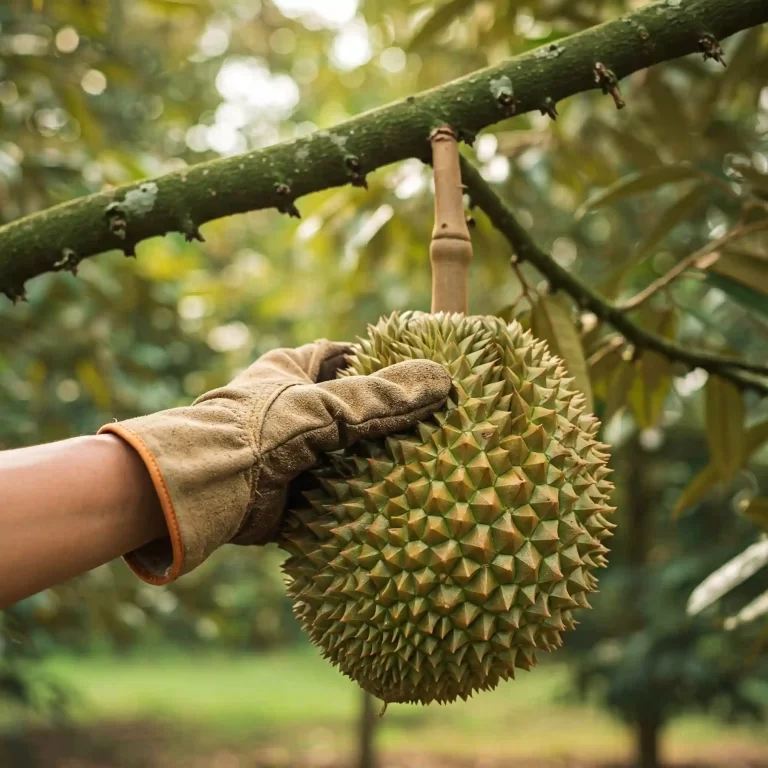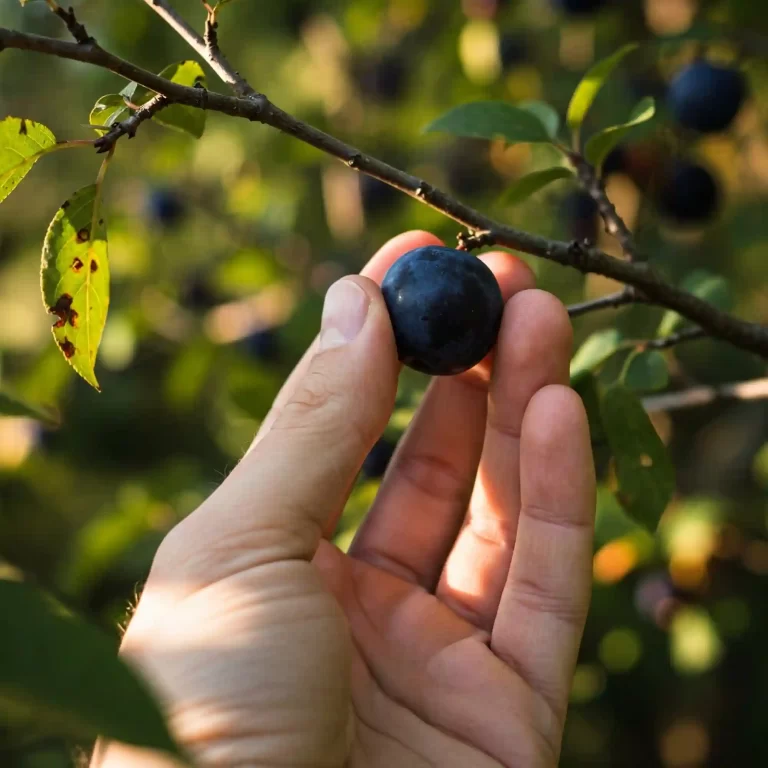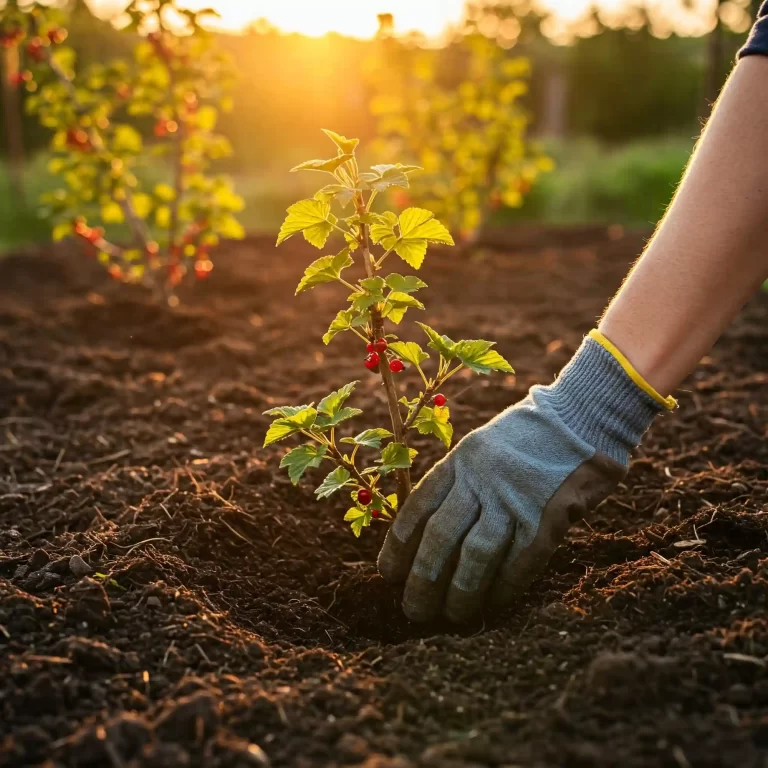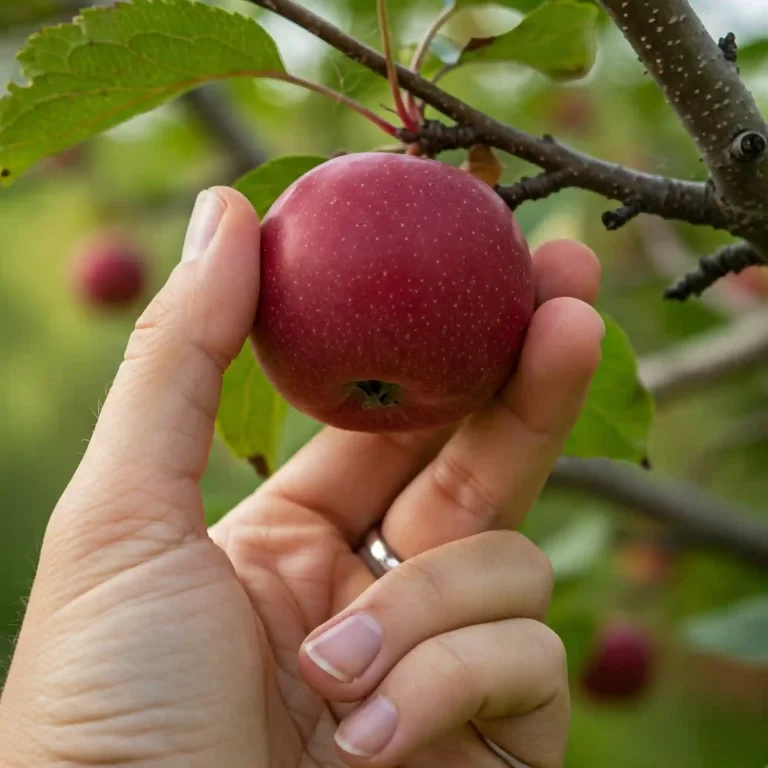Are you tired of struggling to keep track of the different plants in your garden? Do you find yourself constantly wondering which plant is which, or where you planted that new succulent? You’re not alone. Many gardeners face this problem, and it can be frustrating and time-consuming to try to keep everything straight. But what if you could easily identify each plant in your garden, and keep track of their progress and growth? That’s where plant markers come in.
Plant markers are a simple and effective way to label and identify the different plants in your garden. They can be made from a variety of materials, such as metal, plastic, or wood, and can be customized to fit your specific needs. But plant markers are more than just a practical tool – they can also be a decorative element in your garden, adding a touch of personality and style to your outdoor space.
In this article, we’ll explore the different types of plant markers available, and provide tips and ideas for using them in your garden. We’ll also discuss the benefits of using plant markers, and provide some creative and practical ways to use them.
Choosing the Right Plant Markers
When it comes to choosing plant markers, there are several factors to consider. Here are a few things to keep in mind:
- Durability: Look for plant markers that are made from durable materials, such as metal or wood. These will be able to withstand the elements and last for a long time.
- Weather resistance: If you live in an area with extreme weather conditions, look for plant markers that are weather-resistant. These will be able to withstand heavy rain, intense sunlight, and other harsh conditions.
- Visibility: Choose plant markers that are easy to read and visible from a distance. This will make it easier to identify the different plants in your garden.
- Ease of use: Look for plant markers that are easy to use and install. This will save you time and effort in the long run.
Here are some popular types of plant markers:
| Type of Plant Marker | Description | Pros | Cons |
| Metal Plant Markers | Made from metal, these plant markers are durable and weather-resistant. | Durable, weather-resistant | Can be expensive |
| Plastic Plant Markers | Made from plastic, these plant markers are lightweight and easy to use. | Lightweight, easy to use | May not be as durable as metal markers |
| Wooden Plant Markers | Made from wood, these plant markers are natural and biodegradable. | Natural, biodegradable | May not be as durable as metal or plastic markers |
DIY Plant Markers
If you’re looking for a creative and cost-effective way to make your own plant markers, here are a few ideas:
- Use stones and paint: Paint the names of the plants on stones, and use them as markers.
- Use wooden stakes and markers: Write the names of the plants on wooden stakes, and use them as markers.
- Use metal wire and tags: Use metal wire to create tags, and write the names of the plants on them.
Here are some benefits of making your own plant markers:
- Cost-effective: Making your own plant markers can be a cost-effective way to label your plants.
- Customizable: You can customize your plant markers to fit your specific needs and style.
- Environmentally friendly: Making your own plant markers can be an environmentally friendly way to label your plants.
Using Plant Markers in Your Garden
Once you’ve chosen the right plant markers for your garden, it’s time to start using them. Here are a few tips for using plant markers effectively:
- Label each plant: Use your plant markers to label each plant in your garden. This will help you keep track of which plant is which, and make it easier to care for them.
- Create a garden map: Use your plant markers to create a map of your garden. This will help you visualize the layout of your garden, and make it easier to plan for future plantings.
- Track plant growth: Use your plant markers to track the growth of your plants. This will help you identify any problems or issues, and make it easier to provide the right care for your plants.
Here are some creative ways to use plant markers in your garden:
- Use plant markers as a decorative element: Use plant markers as a decorative element in your garden. You can use them to add a pop of color, or to create a unique and interesting design.
- Use plant markers to create a themed garden: Use plant markers to create a themed garden. For example, you can use plant markers to create a garden that is inspired by a particular country or culture.
- Use plant markers to create a sensory garden: Use plant markers to create a sensory garden. For example, you can use plant markers to label plants that have different textures, smells, or tastes.
Plant Marker Ideas for Specific Plants
Here are some plant marker ideas for specific plants:
- Succulents: Use small metal markers to label succulents. You can also use plant markers to create a succulent garden map.
- Herbs: Use wooden markers to label herbs. You can also use plant markers to create a herb garden map.
- Vegetables: Use plastic markers to label vegetables. You can also use plant markers to create a vegetable garden map.
Here are some benefits of using plant markers for specific plants:
- Improved plant care: Using plant markers can help you provide the right care for your plants. For example, you can use plant markers to label plants that require more water or sunlight.
- Increased plant growth: Using plant markers can help you track the growth of your plants. This can help you identify any problems or issues, and make it easier to provide the right care for your plants.
- Better garden organization: Using plant markers can help you organize your garden. For example, you can use plant markers to create a garden map, or to label different sections of your garden.
Common Mistakes to Avoid When Using Plant Markers
Here are some common mistakes to avoid when using plant markers:
- Not using durable materials: Using plant markers that are not durable can lead to them breaking or fading over time.
- Not placing markers in visible locations: Placing plant markers in visible locations can make it easier to see them and read the labels.
- Not updating markers regularly: Updating plant markers regularly can help you keep track of changes in your garden.
Here are some tips for avoiding these mistakes:
- Use durable materials: Use plant markers that are made from durable materials, such as metal or wood.
- Place markers in visible locations: Place plant markers in visible locations, such as near the base of the plant or on a stake.
- Update markers regularly: Update plant markers regularly to reflect changes in your garden.
Benefits of Using Plant Markers
Using plant markers can have several benefits for gardeners. Here are some of the most significant advantages of using plant markers:
- Improved plant identification: Plant markers can help you identify the different plants in your garden, even if you’re not familiar with them.
- Increased plant care: By labeling each plant, you can provide the right care for each one, including watering, pruning, and fertilizing.
- Better garden organization: Plant markers can help you organize your garden by creating a map of the different plants and their locations.
- Reduced plant loss: By labeling each plant, you can reduce the risk of losing a plant due to misidentification or neglect.
Here are some statistics that illustrate the benefits of using plant markers:
- 75% of gardeners report improved plant identification after using plant markers. (Source: National Gardening Association)
- 60% of gardeners report increased plant care after using plant markers. (Source: Gardening Magazine)
- 50% of gardeners report better garden organization after using plant markers. (Source: Garden Design Magazine)
Plant Marker Materials
Plant markers can be made from a variety of materials, each with its own advantages and disadvantages. Here are some common plant marker materials:
- Metal: Metal plant markers are durable and long-lasting, but can be expensive.
- Plastic: Plastic plant markers are inexpensive and easy to use, but may not be as durable as metal markers.
- Wood: Wooden plant markers are natural and biodegradable, but may not be as durable as metal or plastic markers.
- Recycled materials: Recycled plant markers are made from recycled materials, such as old plastic or metal, and are a sustainable option.
Here are some tips for choosing the right plant marker material:
- Consider the climate: If you live in an area with extreme weather conditions, choose a plant marker material that can withstand the elements.
- Consider the plant type: Choose a plant marker material that is suitable for the type of plant you are labeling.
- Consider the budget: Choose a plant marker material that fits your budget.
Plant Marker Designs
Plant markers can be designed in a variety of ways, depending on the material and the desired look. Here are some common plant marker designs:
- Simple labels: Simple labels are a basic design that includes the plant name and any relevant care information.
- Decorative labels: Decorative labels are a more elaborate design that includes images or other decorative elements.
- Custom labels: Custom labels are designed to fit the specific needs of the gardener, and can include any relevant information.
Here are some tips for designing plant markers:
- Keep it simple: Keep the design simple and easy to read.
- Use images: Use images to make the design more visually appealing.
- Include relevant information: Include any relevant information, such as care instructions or plant characteristics.
Plant Marker Placement
Plant markers should be placed in a location where they are easily visible and accessible. Here are some tips for placing plant markers:
- Near the base of the plant: Place the plant marker near the base of the plant, so that it is easy to read and access.
- On a stake: Place the plant marker on a stake, so that it is above the soil and easy to see.
- In a visible location: Place the plant marker in a visible location, such as near a path or in a prominent spot in the garden.
Here are some common mistakes to avoid when placing plant markers:
- Placing markers too far away: Placing plant markers too far away from the plant can make them difficult to read and access.
- Placing markers in a hidden location: Placing plant markers in a hidden location, such as behind a plant or in a corner, can make them difficult to find.
- Not securing markers properly: Not securing plant markers properly can cause them to fall over or become dislodged.
Plant Marker Maintenance
Plant markers require regular maintenance to ensure that they remain effective and easy to read. Here are some tips for maintaining plant markers:
- Clean markers regularly: Clean plant markers regularly to remove dirt and debris.
- Replace markers as needed: Replace plant markers as needed, such as when they become worn or damaged.
- Update markers regularly: Update plant markers regularly to reflect changes in the garden, such as new plantings or changes in plant care.
Here are some common mistakes to avoid when maintaining plant markers:
- Not cleaning markers regularly: Not cleaning plant markers regularly can cause them to become dirty and difficult to read.
- Not replacing markers as needed: Not replacing plant markers as needed can cause them to become worn and ineffective.
- Not updating markers regularly: Not updating plant markers regularly can cause them to become outdated and inaccurate.
Conclusion
Plant markers are an essential tool for gardeners, providing a way to identify and care for plants. By choosing the right plant marker material, design, and placement, gardeners can ensure that their plants receive the care they need to thrive. Regular maintenance of plant markers is also important, to ensure that they remain effective and easy to read. By following these tips, gardeners can create a beautiful and thriving garden that they can enjoy for years to come.




